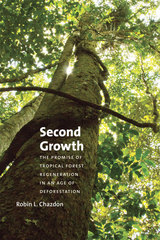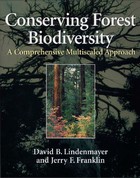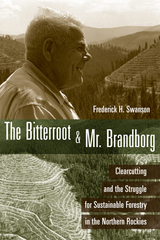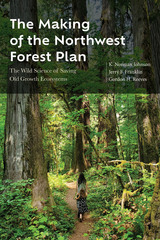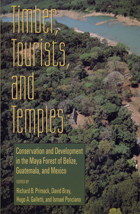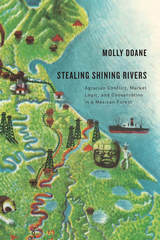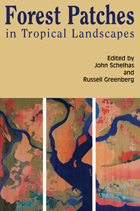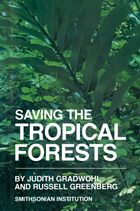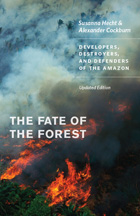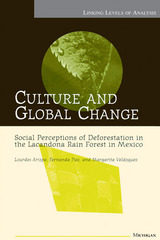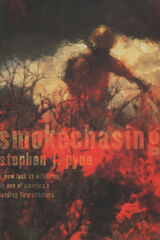Forest Patches in Tropical Landscapes
Island Press, 1996
Paper: 978-1-55963-426-7 | eISBN: 978-1-61091-269-3 | Cloth: 978-1-55963-425-0
Library of Congress Classification SD414.T76F67 1996
Dewey Decimal Classification 333.75160913
Paper: 978-1-55963-426-7 | eISBN: 978-1-61091-269-3 | Cloth: 978-1-55963-425-0
Library of Congress Classification SD414.T76F67 1996
Dewey Decimal Classification 333.75160913
ABOUT THIS BOOK | AUTHOR BIOGRAPHY | TOC | REQUEST ACCESSIBLE FILE
ABOUT THIS BOOK
While tropical forests are being cleared at an alarming rate, the clearing is rarely complete and is often not permanent. A considerable amount of tropical forest exists as remnants that have significant value both for the conservation of biological diversity and for meeting the needs of local people.
This volume brings together world-renowned scientists and conservationists to address the biological and socio-economic value of forest remnants and to examine practical efforts to conserve those remnants. An outgrowth of a year-long study by the policy program at the Smithsonian Migratory Bird Center, Forest Patches in Tropical Landscapes provides a broad overview of theory and practice, and will help foster both interdisciplinary research and more effective approaches to tropical conservation and development.
This volume brings together world-renowned scientists and conservationists to address the biological and socio-economic value of forest remnants and to examine practical efforts to conserve those remnants. An outgrowth of a year-long study by the policy program at the Smithsonian Migratory Bird Center, Forest Patches in Tropical Landscapes provides a broad overview of theory and practice, and will help foster both interdisciplinary research and more effective approaches to tropical conservation and development.
See other books on: Conservation of natural resources | Environmental policy | Forests and forestry | Indigenous peoples | Sustainable development
See other titles from Island Press


